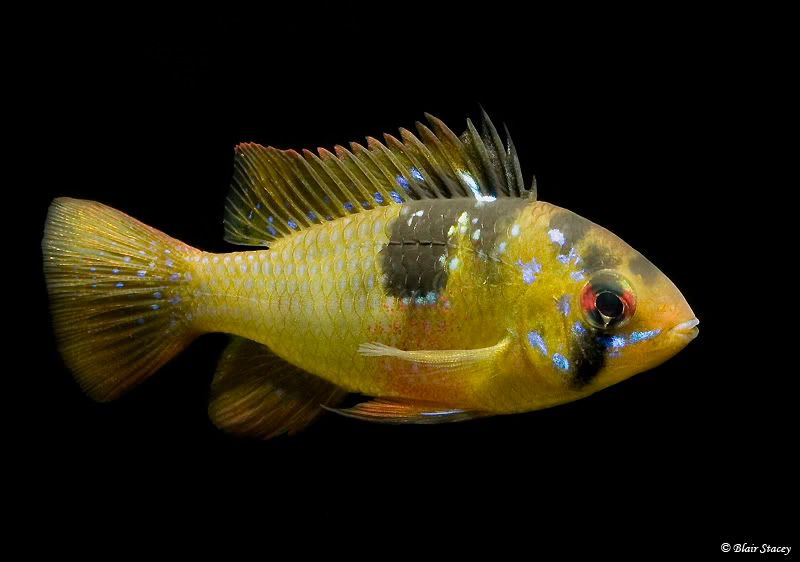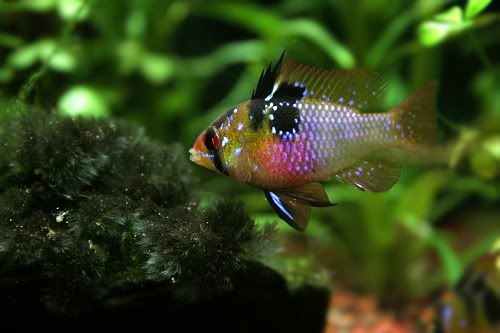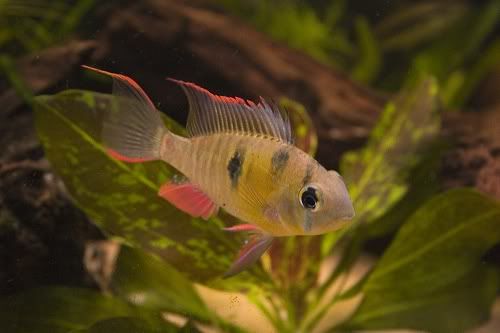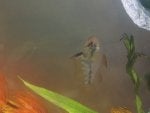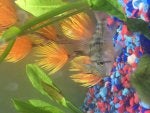I was just reading this, and I find it very interesting. I just wanted to add that if you want to lower the KH and pH in your aquarium, and you already have a higher pH, say of about 7.6, you don't have to use complete RO water and then use the buffers. You can use a combination of RO and tap, you will just have to experiment with what ratio of RO to tap you will need to lower the pH and KH. I know some people around me who do this with their discus tanks, and they typically use a ratio of 30%RO and 70% tap, or 60% tap and 40% RO. So depending on what your KH and pH are already at, will determine what ratio you will need.
IMO I like the german blues, I have kept both, and failed with the GB's but I will try again in the future for sure once I can get my RO up and running. It is true though that you probably should lower the pH to at least the 6's, since mine were kept in a pH of 7.6. They are definitely not very hardy, and the ballon rams, gold rams etc are all the same when it comes to maintenance. The bolivian are definitely more hardy, and less shy, I have a pair of them that are doing great. It all depends on how much work you would be willing to put into a tank. I also have to say that I absolutely love using shrimp as a clean up crew, and you can definitely mix them in with any kind of rams. I kept the cacatuoides in with GB's and bolivians, so they would most likely work together. I have heard of the apistos preferring cooler water though than the GB's so I would maybe use caution when keeping those 2 together, since either one or the other might suffer from it. But others who know more about the apisto's might be able to tell you if it will work.


